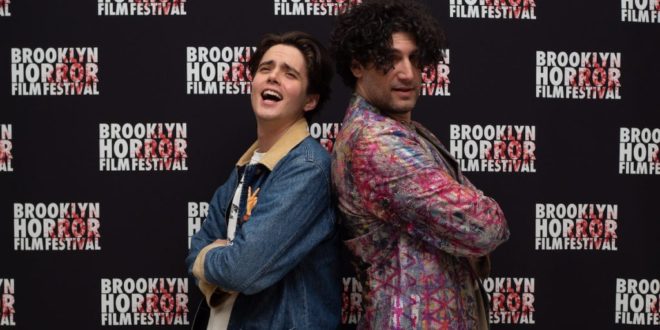This past September I attended Beyond Fest for the screening of Richard Stanley’s long-awaited Color Out of Space. It played a double feature with Adam Egypt Mortimer’s Daniel Isn’t Real, a horror story about a traumatized young man who awakens his childhood imaginary friend to help him cope. Both films blew me away. But what stayed most with me were the performances in Daniel Isn’t Real, and the sheer uncomfortableness it left in me. I was lucky enough to speak with Mortimer, and we discussed his own personal imaginary friend, his career, and of course, horror movies.
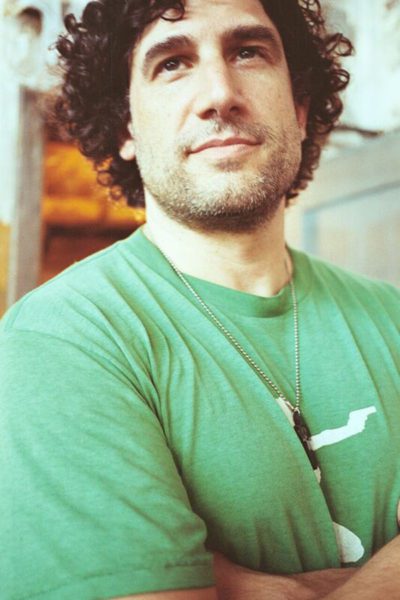
PH: Hey Adam! How are you?
AEM: Hi Tiffany. It’s good to talk to you. How’s it going?
PH: Good, good. Thank you so much for taking the time. Back in September, we drove from Phoenix to LA to attend Beyond Fest, and the double feature of Color Out of Space and Daniel Isn’t Real. I loved the movie so I’m really excited.
AEM: Oh, yes! Great. That was such an amazing might. Thank you for being there. What a great evening that was.
PH: So, did you have an imaginary friend growing up?
AEM: Yeah, I did. I had a friend named Mr. Nobody. I have this one very visual, real memory of introducing my father to him. I was four years old, and I was eating lunch at preschool, and my dad came in, and I was like, “Dad, meet Mr. Nobody.” And Mr. Nobody was this weird, faceless egg-shaped character with arms and legs. And I remember that. It is very real to me. I don’t have a lot of memories of Mr. Nobody beyond that one moment. I can’t remember how much he was around me at the time, but he was real. He gets a credit in the movie. I gave him a thank you.
PH: Oh, awesome! Is he what inspired you to adapt the novel into the film?
AEM: No. I think that what really grabbed me about the novel was the idea of how you could make this internal story visual. Like how you could have one character who’s broken into two pieces and you could see that as two characters, played by two different actors, and how much there was to explore and how scary and exciting that could be. That was the sort of thing that jumped out at me about the book when I was imagining what a movie would be. It’s when you start with something like that, then you start to draw on your own experiences, and then you remember, oh yeah. I did have an imaginary friend. What was that like? I have experienced things that these characters are going through. How can I make it feel authentic? But initially that idea of one character, two characters. It’s all visual, it’s all externalized, was so exciting.
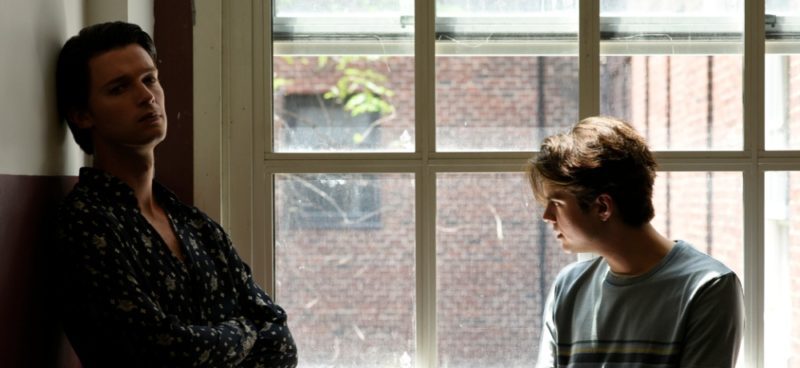
PH: What made you change the perspective? I know that the book is told through Daniel’s point of view. What made you change the perspective of the film?
AEM: We needed to be in the head of the person we could identify with, and Luke is somebody who is… I wanted to experience all of these changing mental states with him. If we had been in Daniel’s head, it would have been very hard to express what’s going on with him visually. In the novel, you’re in him. He’s telling you what’s happening. When you cast Miles Robbins, every time you look at his face you understand what’s happening, and you see all of his conflicts and you see what’s scary, and you see what’s upsetting to him. I think being with the real person helps us understand how the story’s about all of us.
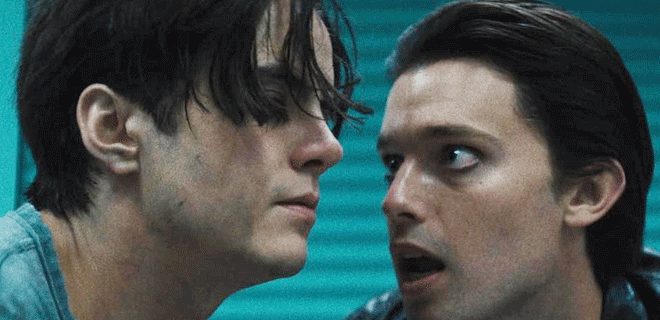
PH: I know that Daniel is being released to the masses on December 6th. What should viewers know about this film going into it?
AEM: I think the less they know, the better. I worked really hard to create something that is very expressive of this emotional journey in a style that is both exciting and terrifying. So it’s not a horror movie that has a lot of jump scares. There’s not all of these reaction points. I think people can expect to have an experience, a cacophony of feelings is really what I was interested in creating.
PH: I have to say that I knew absolutely nothing about it going into it, other than that Patrick Schwarzenegger was in it. That’s all that I knew. I have to say, from the opening of him seeing the bloody dead body, I was really expecting it to go in one direction, but it caught me by surprise because it isn’t that type of movie. The less that they know is better.
AEM: You do make a good point. Don’t miss the first 60 seconds. At Beyond Fest, a good friend of mine came in carrying popcorn, like 45 seconds into the movie, and I was like, “Dude, you’ve already fucking missed such an important part.” If you buy this on iTunes, don’t be in the kitchen microwaving the pizza when it starts. Get the pizza together, get your situation, and then press play.

PH: It really does point you in one direction, but then completely flips your around and pulls you in the other. What are you currently working on?
AEM: I’m already in prep for a new movie that I’m doing with SpectreVision again. We had such a great time, and we developed such a great creative relationship, we’re now doing a kind of… well, it’s a superhero movie. My version of a superhero movie, sort of like Leaving Las Vegas meets Superman.
PH: Wow. I’m intrigued already.
AEM: It stars Joe Manganiello, who is like the most attractive man on the planet. So, I think I’m really starting to build this brand of just working with incredibly hot men. That’s my thing now. I’ll take it if it works.
PH: Huge SpectreVision fans in this house. They’re such a monumental instrument in contemporary horror right now, and presenting it to everyone, so that’s super exciting. I really only have one last question for you, and that is what is your favorite scary movie?
AEM: I’m going to tell you three. One is Jacob’s Ladder. That captures the way that trauma feels like in a horror movie context so beautifully. Videodrome is my other favorite one because it is so intensely weird, personal, visual. I’ve watched that movie probably more than any other movie in my life. And Pink Floyd The Wall I think is the scariest, most upsetting movie I’ve ever seen. And I think that’s a movie we don’t talk about enough as a movie.
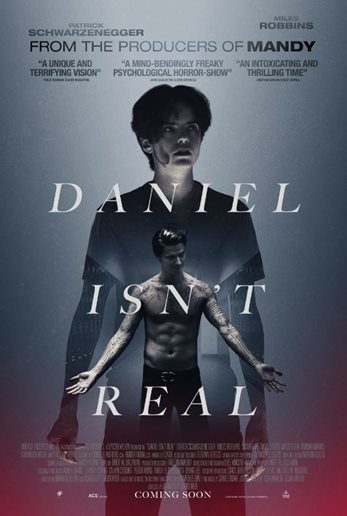
Thank you to Adam for taking the time to speak with us. Be sure to catch Daniel Isn’t Real when it’s released in theaters and available on-demand and digital December 6, 2019.
 PopHorror Let's Get Scared
PopHorror Let's Get Scared
